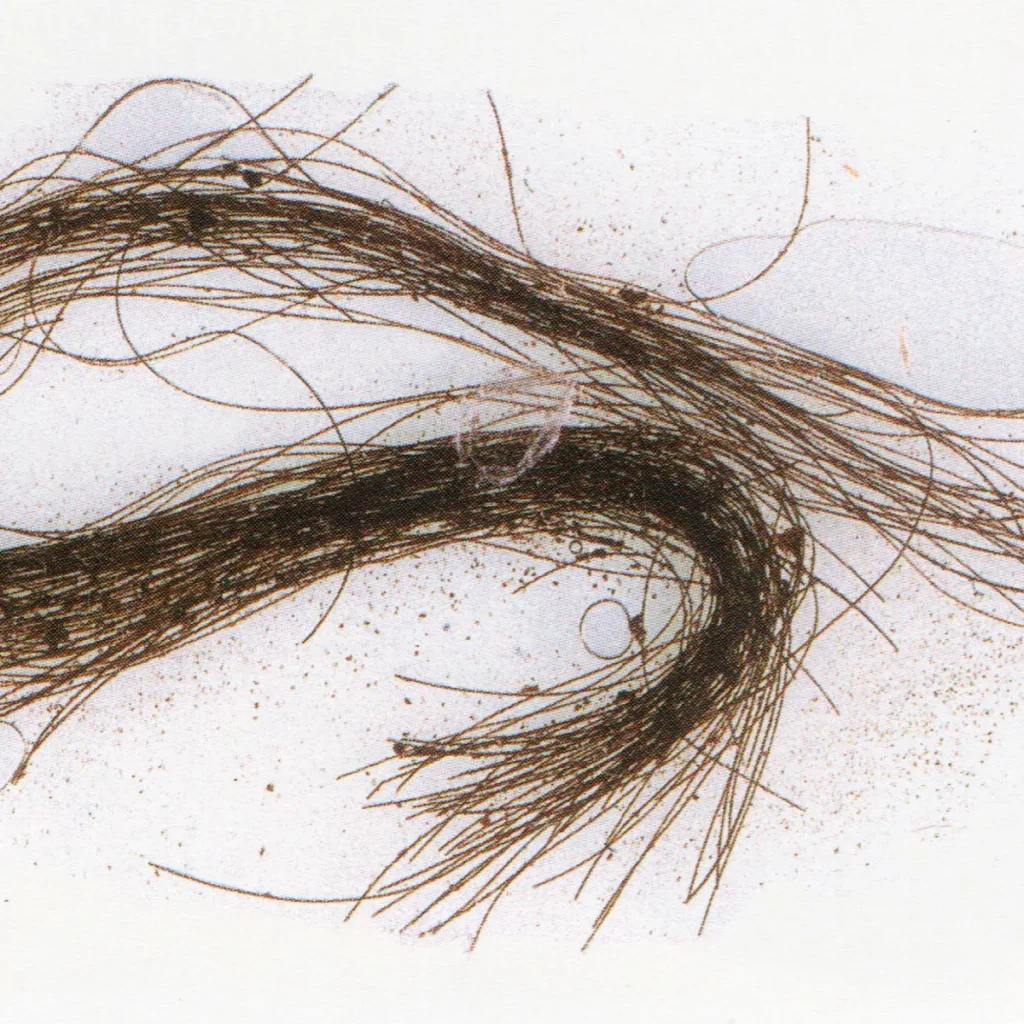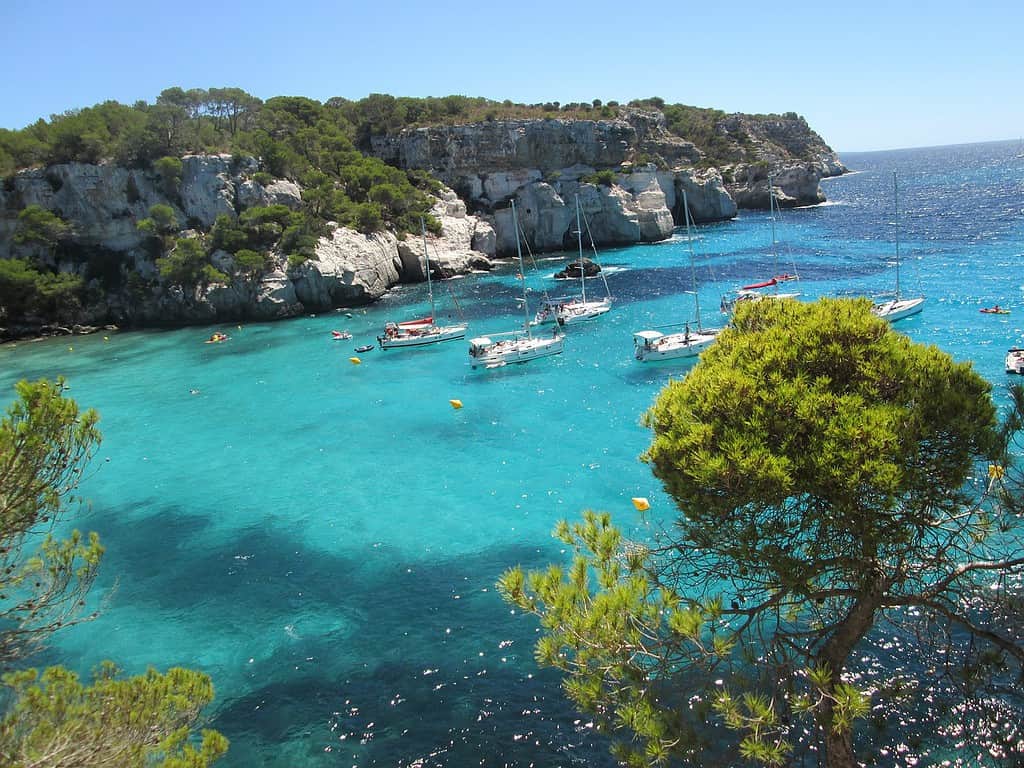Hair samples from a burial site in Menorca, one of the Balearic Islands located in the Mediterranean Sea belonging to Spain, shows that ancient civilizations used drugs derived from plants and bushes, a new study found. This is believed to be Europe’s oldest direct evidence of people taking hallucinogenic drugs, the researchers said.

Elisa Guerra-Doce, the archaeologist who led the study, told ZME Science that while drug use has been found in other locations dating to earlier periods, this was based on indirect evidence — such as plant remains and artistic depictions. Now, drug use in prehistoric Europe has been directly demonstrated through results derived from human samples.
Guerra-Doce and her team recovered hair strands from a prehistoric cave in Menorca that date back 3,000 years and tested positive for three plant-derived compounds — atropine, scopolamine, and ephedrine. They believe the plants were used in a ritual ceremony led by a shaman, with drug use deeply entwined with spiritual practices.
Ancient hair testing
The cave, known as Cova d’es Càrritx, was first excavated in 1995 by a team of archaeologists from the UK and Spain. Back then, they found the remains of over 200 people who had been buried over the course of six centuries, with the last burial happening in 880 BC. The cave didn’t have bodies of pregnant women or babies.
While the dead were being prepared in the cave, a piece of hair was cut and then placed in tubular containers made of wood or antler. Some of these would remain with the dead and others were stored separately for safekeeping. In the new study, the researchers led by Guerra-Doce unearthed 10 of these and did a toxicology study.
The results came back positive for atropine, a chemical that is found in a type of drug known as an anticholinergic, used to dilate the pupil before eye exams. The hairs also contained scopolamine, used to treat nausea and vomiting caused by motion sickness. Ancient humans are believed to have used them for medicinal and religious purposes.

Both drugs can be found in flowering plants and vegetables that belong to the nightshade family Solanaceae — the same as potatoes, eggplants and tomatoes. There are plenty of these plants on the island of Menorca, such as mandrake (Mandragora autumnalis), henbane (Hyoscyamus albus) and thorn apple (Datura stramonium).
The researchers couldn’t determine exactly why these ancient people were consuming such powerful drugs. However, they observed spiral motifs carved on the lids of the hair containers. This has been considered by previous studies to represent a person’s altered state of consciousness while under the effect of drugs, the new study reads.
“The recovery of human hair provided a unique opportunity to further probe into the medicinal and ritual realms of indigenous inhabitants of the Western Mediterranean,” the researchers wrote. “The results furnish direct evidence of the consumption of plant drugs and, more interestingly, they reveal the use of multiple psychoactive species.”
The study was published in the journal Scientific Reports.









